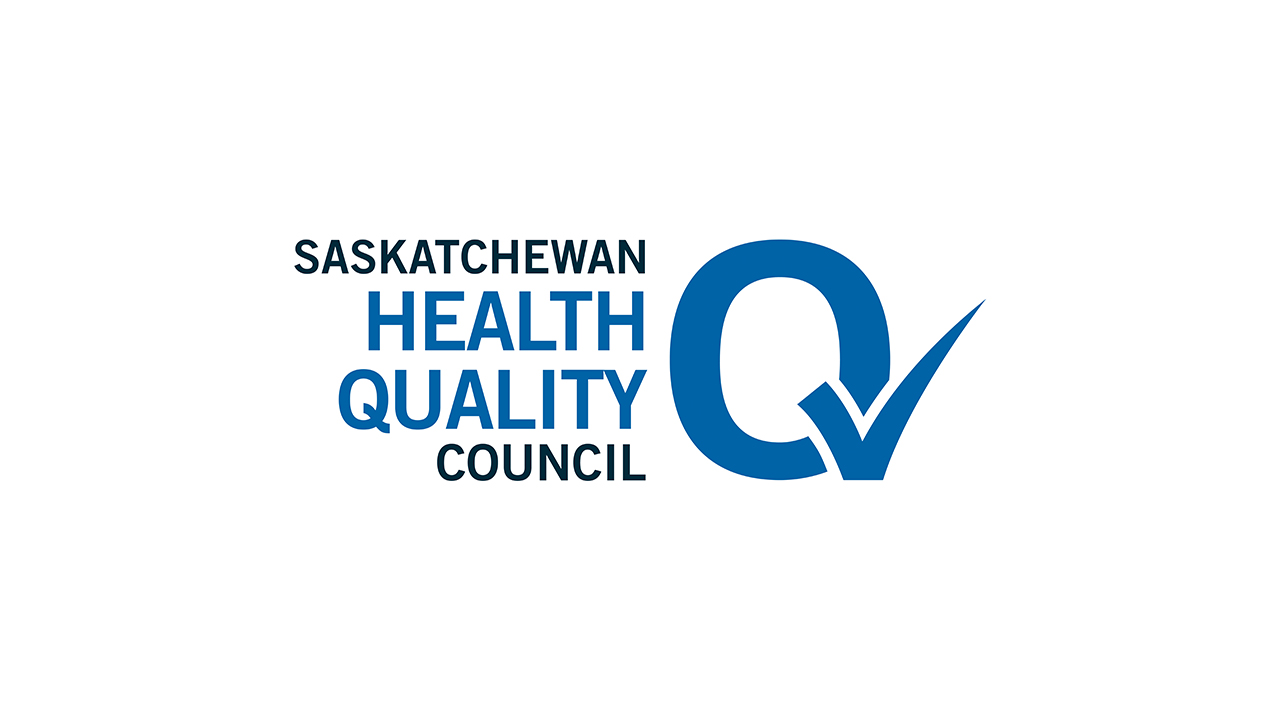What if we could predict when a hospital emergency department (ED) is going to get slammed by a rush of visitors? Or test the impact of various strategies for reducing waits in Emergency –without having to actually implement any of them?
Modelling is helping health care managers and leaders in Saskatchewan do just that.
The Health Quality Council (HQC) recently added this unique skill set to its Measurement and Analysis Services team. Researcher Yuan Tian is applying her training and experience in modelling in support of both local and provincial health care improvement efforts. Tian has experience with similar work elsewhere: She helped develop a model to determine how best to improve stroke care for the Veterans Administration health care system in the U.S., and also did modelling around cost effectiveness of stroke rehabilitation in Singapore.
Predictive modelling
Predictive modelling rolls together into statistical and mathematical models the best available evidence on what factors affect the use of a service – the emergency department, for example – and data on actual usage of that service in the past. This information is used to generate a fairly accurate picture of how many people are going to show up, and when, in Emergency. Factors associated with Emergency visits include the day of the week, month, the number of people googling the term “flu,” weather (both the temperature, and conditions – e.g., sunny, cloudy, raining), and national holidays.
Predictive modelling holds the potential to help move the health system from its historically reactive approach to serving patients, to a new one, where health regions and facilities have a better idea of what demand to expect today, tomorrow, and seven days from now. This provides regions and facilities with the opportunity to arrange their staffing and availability of services accordingly.
Tian advised and worked with Saskatoon Health Region’s Information and Decision Support Team to develop a predictive model that will help the Region better anticipate how many people will show up in the emergency department and how many people will be admitted to hospital. Drs. Nate Osgood, Juxin Liu, and Geoff McDonnell, researchers at the University of Saskatchewan also collaborated in this work.
In the region’s Better Every Day 14-Day Challenge, Tian helped the Region start to build a predictive model using data on patient visits to the ED and subsequent inpatient admissions. For SHR’s 90 Days of Innovation, as the Region developed their internal capacity, she was working with the Region to ensure the smooth handover of the predictive model, so that the Region can carry on and move forward effectively.
Nilesh Kavia, co-lead of the Region’s Information and Decision Support Team, says the predictive model will enable the Region to get to a state where it is better prepared to serve patients.
“We are very excited about our partnership with HQC to develop and enhance our ability to predict patient demand,” says Kavia. “This initiative will enable us to manage our capacity so that we have the right patient in the right service. It will also enable us to understand the impact of planned strategies to improve patient care. What we do at Saskatoon Health Region, with the help of HQC, will have replicable benefit for the whole province.”
Building a predictive model enables people working in health care to better understand system capacity both in terms of physical beds and staff and what is needed to meet patient demand in the future, says Kavia.
Ultimately, says Tian, this work holds the potential to reduce ED wait times, improve patient flow and enhance quality of care.
Regina Qu’Appelle also using modelling to predict, meet demand
In late 2013, as a part of its continued work to reduce Emergency Department and surgical wait times, Regina Qu’Appelle Health Region began developing tools and processes to identify patient demand in advance and arrange services accordingly. John Ash, RQHR’s director of patient flow, says that, over the past few months the region has developed a tool that will predict with as high as 97% accuracy capacity pressures at a unit level five to seven days into the future.
Complementing this modeling, each inpatient area has established a plan that identifies specific actions to be taken three days in advance of any potential demand shortage. “RQHR’s predictive work and supporting action plans have helped significantly improve overall patient flow,” says Ash The region has also committed significant time over the past few years to support similar work across the province and has shared its learnings openly with many regions including SHR, PAHR, FHHR, and others. RQHR’s work informed the work that Tian did with SHR.
Health system modelling
Tian is also playing a key role in supporting the provincial Emergency Department Waits and Patient Flow Initiative. This work is combining several different models that look at what is happening both upstream (in the ED) and downstream (in inpatient care and long-term care) to inform strategic planning over a longer term. It involves using models to develop and test different health interventions to determine which deliver the biggest impact on the quality of care for the investment. Those interventions include community-based programs for patients with complex needs, interdisciplinary patient rounding, community paramedicine programs, alternate models of intake and triage in EDs, and community-based geriatric day programs.
Graham Fast, lead for the initiative’s Provincial Kaizen Operations Team (PKOT), says Saskatchewan is very fortunate to have Yuan as part of the HQC staff.
“There are only a few people in the world who have the training and expertise to create the health systems models that we are working towards,” says Fast. “The addition of Yuan Tian to the ED Waits and Patient Flow PKOT has allowed us to move the modelling work forward at an accelerated pace.”
Tian relishes challenge
Tian says she feels fortunate to be able to contribute to the team.
“I am motivated by this work because it is a great opportunity to make a change and improve the quality of care for Saskatchewan residents,” says Tian. “It is amazing to be part of a team that is so motivated to eliminate patient waits.”
Photo: Yuan Tian (left) is working closely with members of the ED Waits and Patient Flow Initiative (Graham Fast, standing, and Dr. Jenny Basran, seated background), and researchers from the University of Saskatchewan (Dr. Nate Osgood, at computer science, and Dr. Geoff McDonnell).



